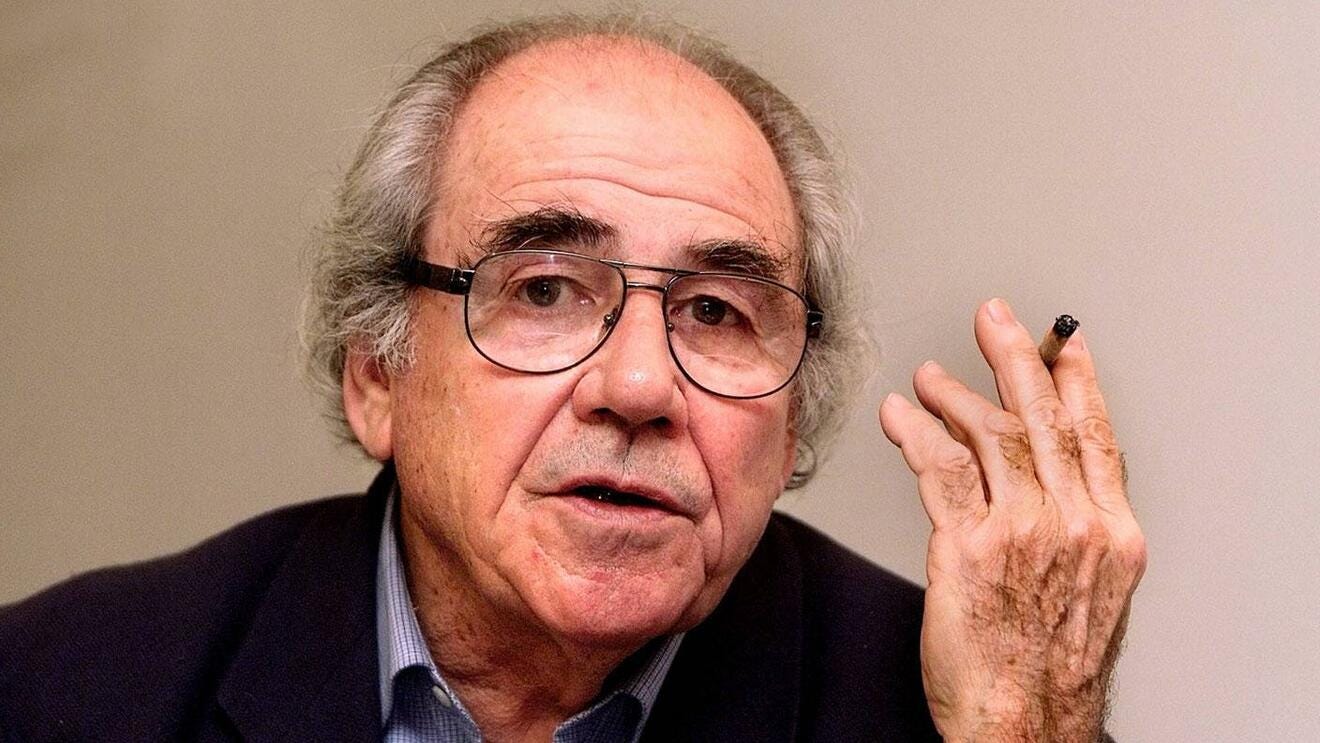Living in the Simulacrum: Baudrillard, Media, and the Illusion of Reality
Understanding Hyperreality
Jean Baudrillard's concept of hyperreality, developed extensively in his book *Simulacra and Simulation*, offers a profound critique of how modern media and social media shape our understanding of the world. At its core, hyperreality describes a state where the distinction between reality and its representation collapses. We become immersed in simulations that, for all intents and purposes, become more "real" than the actual reality they are supposed to represent. This is particularly evident in how we experience information and construct our identities today.
The Rise of Simulacra and Simulation
Baudrillard argues that we live in a society dominated by simulacra – copies without originals. These simulacra no longer represent something real; instead, they generate their own reality. Think of a theme park like Disneyland. It's not meant to be a realistic representation of a place; it's a meticulously constructed simulation designed to create a specific experience. These simulations, the act of creating and experiencing these copies, are what Baudrillard terms "simulation."
Examples in the Modern World
The principles of hyperreality are readily apparent in contemporary society. The news, often filtered through various biases and algorithms, presents a constructed narrative of events. Social media platforms, with their curated feeds and emphasis on likes and followers, foster a sense of performative authenticity. Even advertising creates images and experiences that promise satisfaction and happiness, often detached from the products they are selling. This can lead to a distorted perception of the world and ourselves.
Consider the impact of deepfakes. These manipulated videos and images can blur the lines between truth and fiction, making it increasingly difficult to discern what is real. This further contributes to the erosion of the "real," as the simulation becomes more convincing than the original.
Hyperreality and Its Implications
The consequences of living in a hyperreal world are far-reaching. It affects how we perceive news and political events, potentially leading to cynicism and distrust. It impacts our personal relationships, where online personas often overshadow offline interactions. It also shapes our understanding of identity, as we curate ourselves to fit specific online narratives. This shift raises crucial questions about the nature of truth, authenticity, and the very fabric of reality.
Baudrillard and the Future
The implications of Baudrillard's ideas are still being felt today. To learn more about the concept, watch this video: Understanding Hyperreality. This video explores the core concepts and offers further insights into Baudrillard’s thinking.
In essence, Baudrillard challenges us to critically examine the world around us and to question the narratives that are presented to us. The future, according to Baudrillard, is one where the lines between the real and the simulated become increasingly blurred.
The Loss of the Real
Baudrillard suggests that in hyperreality, the "real" is not just represented; it's replaced. We become so accustomed to the simulations that we lose sight of the original, and in the end we begin to yearn for an experience or feeling that is completely artificial.
"The simulacrum is never that which conceals the truth—it is the truth which conceals that there is none." - Jean Baudrillard




How ironic that the video link to, "understand more about the simulacrum" leads to an AI voice reading the script. 😆
Another take on „reality“, this time from a psychological perspective - I’m happy for feedback on : https://open.substack.com/pub/milesstones/p/allow-me-to-deconstruct-reality-the?r=5wn669&utm_medium=ios